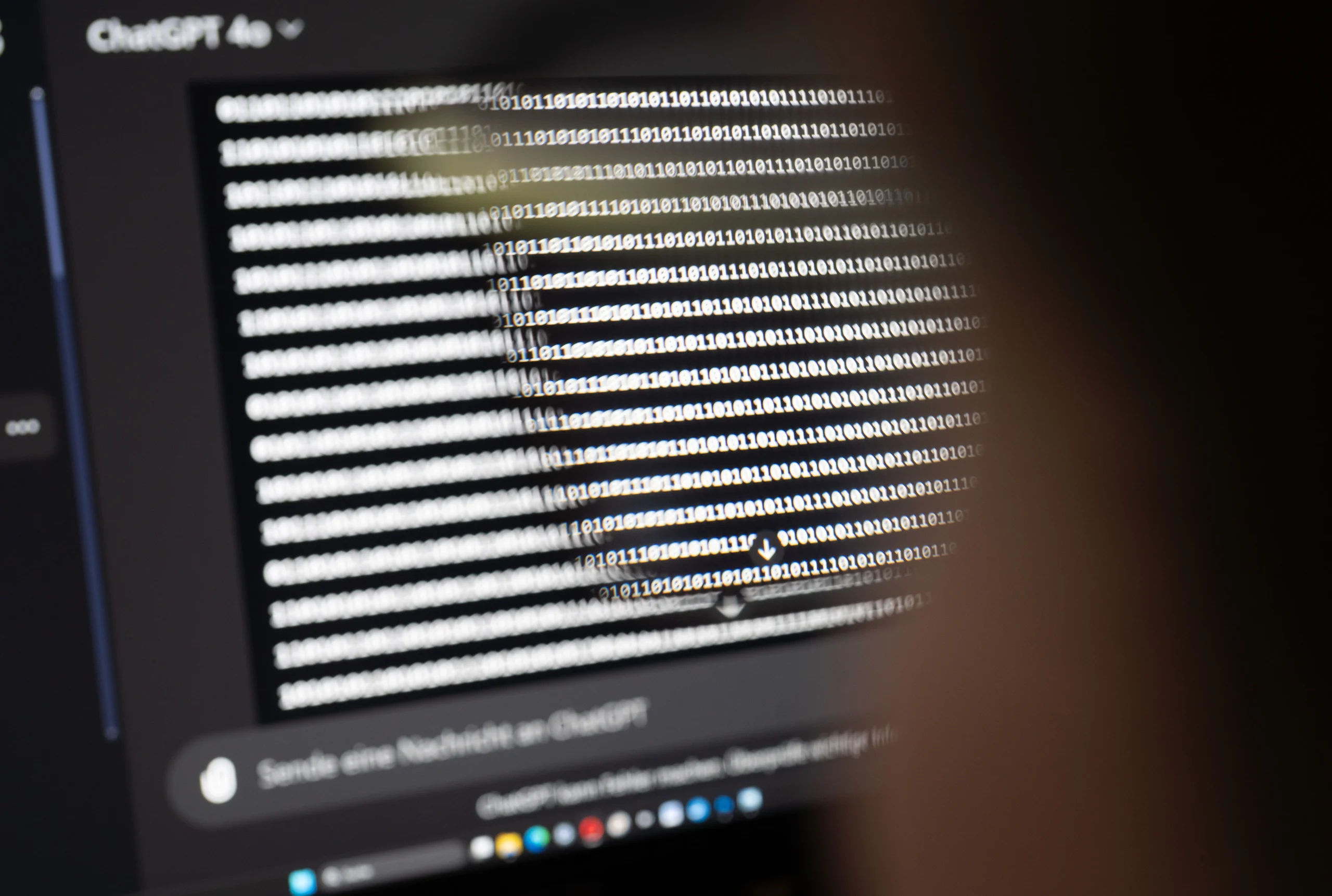
Penetration testing, often alluded to as moral hacking, has progressed significantly since its initial days. As innovation propels and digital dangers become more refined, penetration testing systems have advanced from basic scans to complex, diverse methodologies. To investigates the evolution of penetration testing in plano, featuring key headways and techniques that have molded the field.
Early Days: Basic Scans and Weakness Appraisals
In its early stages, penetration testing essentially elaborates basic weakness scans. These underlying evaluations zeroed in on distinguishing normal security imperfections utilizing automated tools. Early tools were generally basic, often giving a rundown of known weaknesses and likely issues without profound investigation.
The Ascent of Manual Testing and Double-dealing
As digital dangers developed, so did penetration testing techniques. The restrictions of automated tools prompted the ascent of manual testing, where talented professionals led top-to-bottom evaluations. Manual testing included more refined strategies, including the utilization of custom contents and double-dealing techniques to test further into frameworks.
Advanced Techniques: Red Joining and Extensive Evaluations
The evolution went on with the approach of advanced techniques like red joining and complete evaluations. Red joining reproduces certifiable assaults by utilizing strategies, techniques, and methods (TTPs) utilized by genuine foes. This approach goes past customary penetration testing by testing an association’s security act against modern and diligent dangers.
Reconciliation with Danger Knowledge and Constant Testing
Lately, penetration testing has further advanced with the reconciliation of danger insight and consistent testing. Danger knowledge gives setting and experiences into arising dangers, permitting penetration analyzers to tailor their evaluations in view of current and advancing dangers. Ceaseless testing, empowered via automated tools and constant joining rehearses, guarantees that security evaluations are progressing rather than occasional. This approach assists associations with remaining in front of new weaknesses and quickly changing danger scenes.
The evolution of penetration testing in plano mirrors the developing intricacy of the digital danger scene. From basic weakness scans to advanced techniques like red joining and nonstop testing, the field has adjusted to address progressively complex assaults. As innovation keeps on propelling, penetration testing will stay a basic part of a thorough network protection methodology, guaranteeing that associations can really shield against and answer developing dangers.



